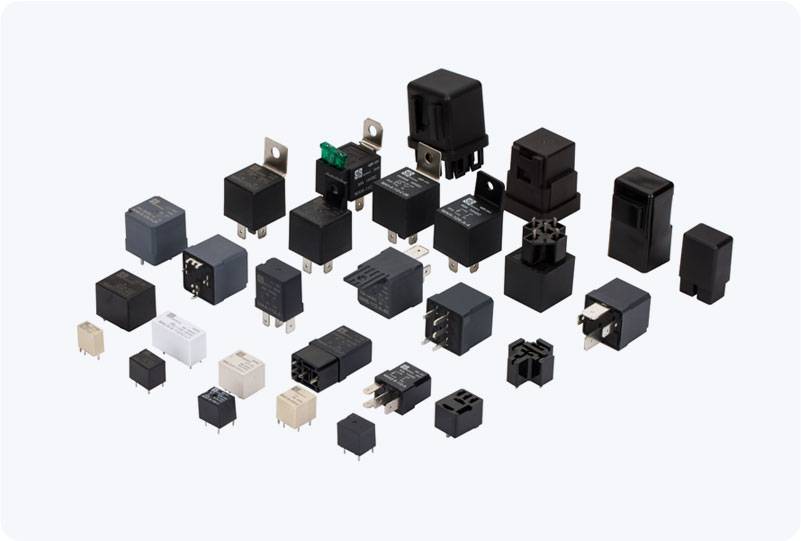Industrial control relays (ICRs) are pivotal components in modern automation systems, serving as essential electrical devices used to control the operation of various machines and systems. These relays allow for the automation of processes and ensure the protection of industrial equipment. In this article, we will explore the functionality, types, features, and applications of industrial control relays, highlighting their importance in industrial automation.

What is an Industrial Control Relay? An industrial control relay is a type of electrical switch that is activated by an electromagnet. These devices control electrical circuits and manage the flow of current through the use of a coil that creates a magnetic field when energized. This magnetic field triggers a mechanical action, typically causing a set of contacts to open or close. By controlling the connection between different parts of a circuit, relays allow for the automation of processes that would otherwise require manual intervention. How Do Industrial Control Relays Work? At the core of an industrial control relay is the electromagnetic coil, which, when energized, generates a magnetic field. This magnetic field either attracts or repels a set of contacts, resulting in the opening or closing of an electrical circuit. The coil is energized by a low-power control signal, which allows the relay to switch higher power circuits without direct contact between the control and power sections. This feature is crucial for ensuring both the safety and functionality of industrial systems.
Leave a Reply
You must be logged in to post a comment.